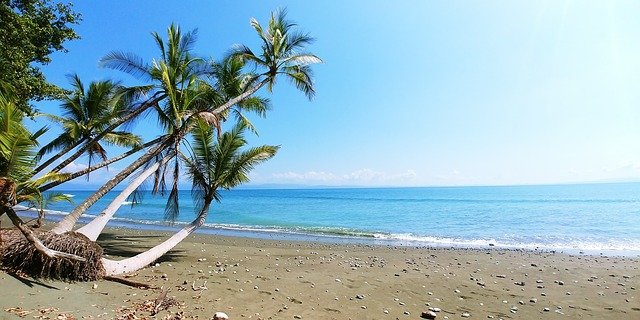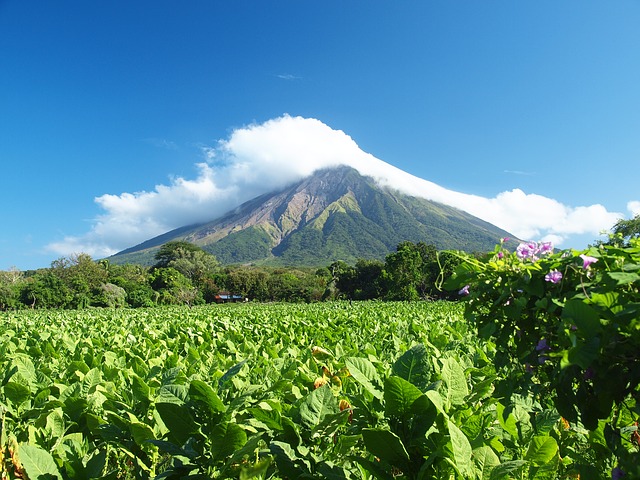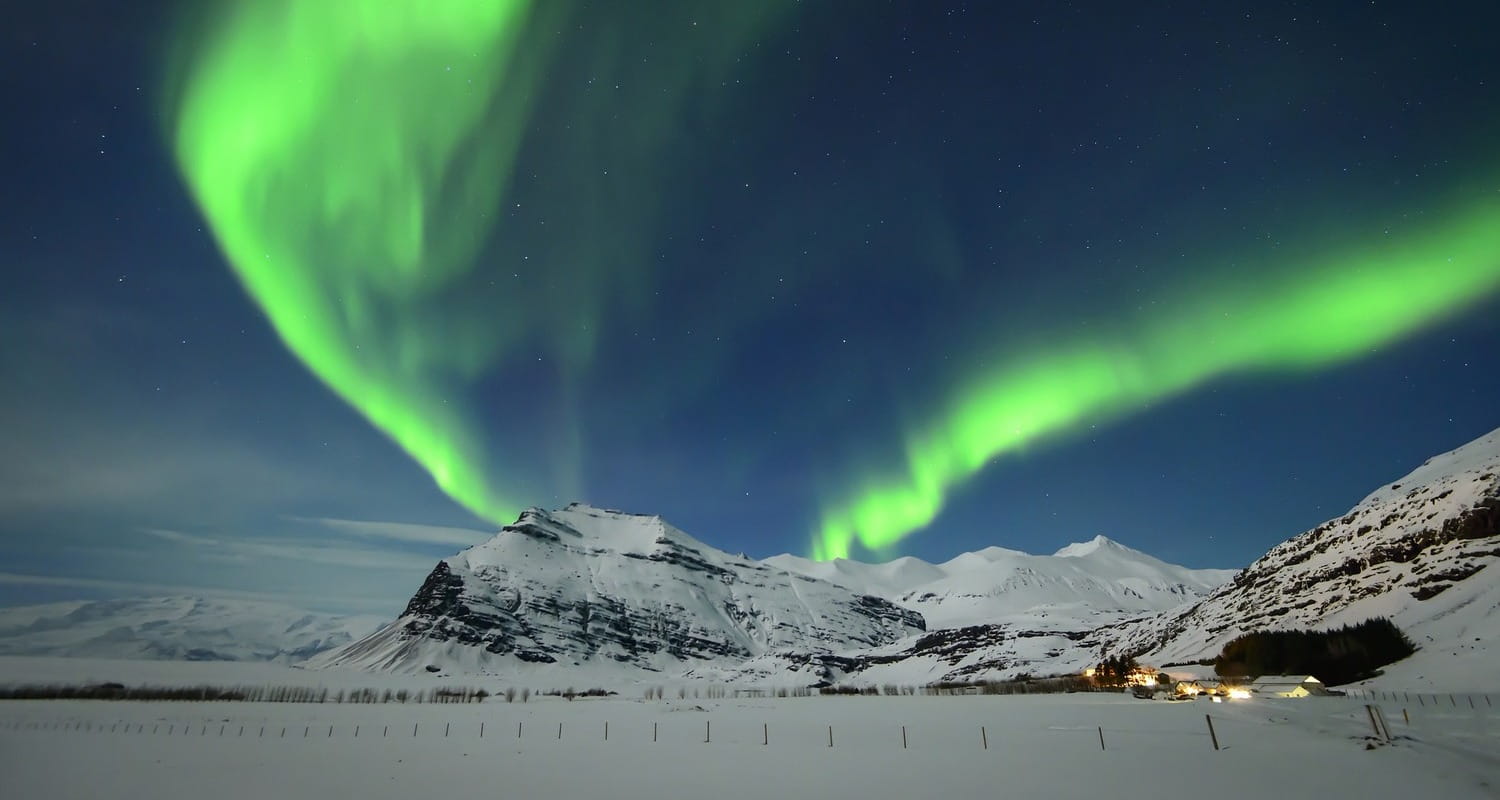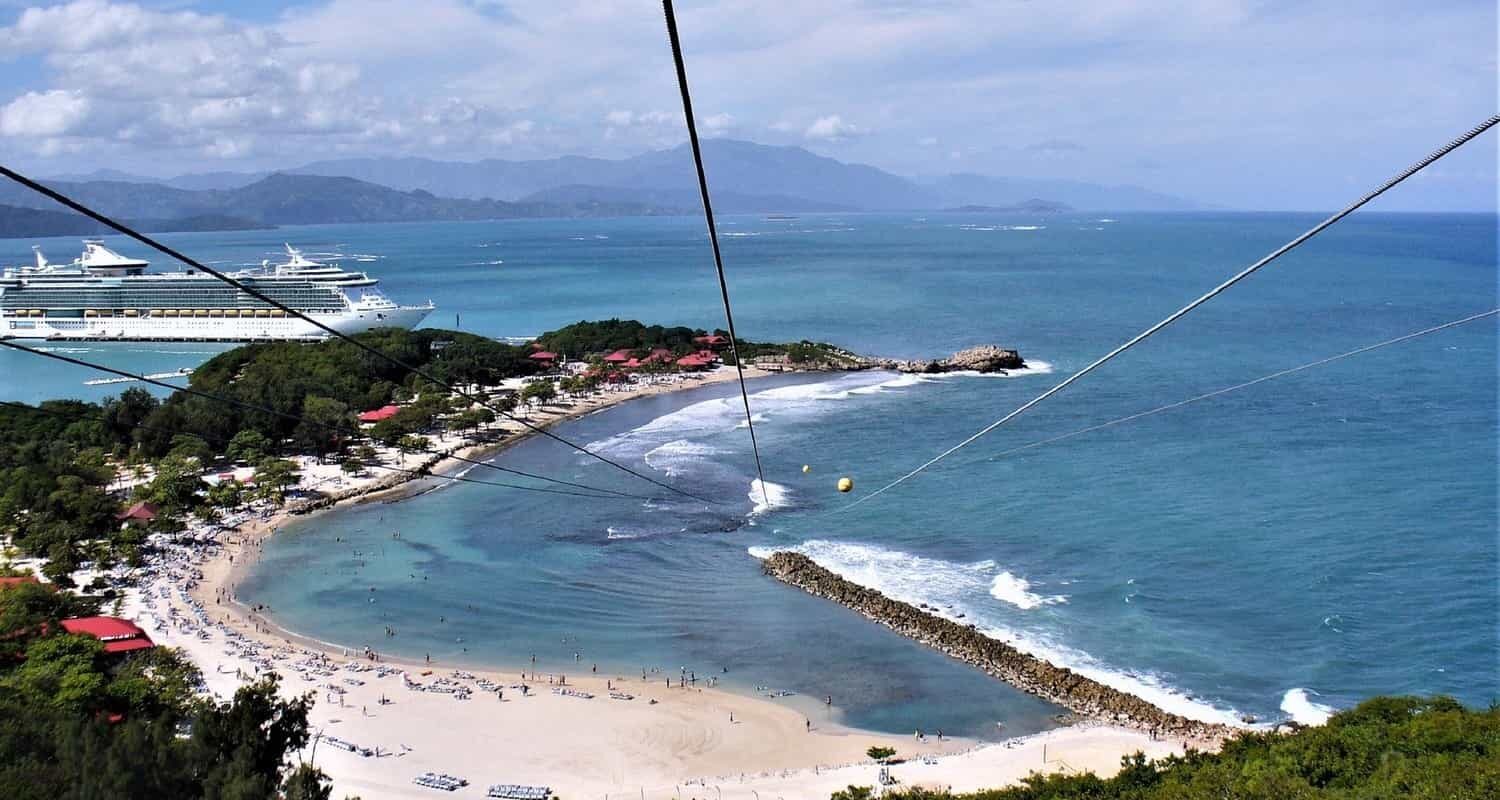Around the world, not all countries produce their energy in the same way. The majority of the world’s states still produce their electricity from coal and fossil fuels.
But some countries manage to produce the majority of their electricity from renewable energies.
1. Iceland

Iceland made the choice to rely on renewable energies a long time ago. It took decades, but today, thanks to wind, solar, hydro and geothermal (earth heat) power, Iceland is currently the only nation where 100% of the energy it consumes is said to be green and renewable.
2. Costa Rica

Costa Rica managed to run the country without fossil fuels for 285 days in a row in 2016. And all this thanks to hydraulic, geothermal, solar and wind energy. Today, the country can run for more than 300 days with electricity produced solely from renewable energy.
3. Norway

At the end of 2015, green energy (mainly hydraulic) accounted for 70% of energy consumption in Norway, the second best ratio in Europe behind Iceland.
4. Scotland

Thanks to a large wind farm, particularly in the North Sea, the country is able to meet 97% of its electricity needs. Recently, the first floating wind turbines have even been successfully installed.
5. Sweden

In addition to being regularly cited as a model in terms of education, gender equality, waste treatment, not to mention, of course, furniture and interior decoration, it has set up numerous infrastructures for the production of renewable energies: hydraulic energy, wind energy, district heating systems fed by waste treatment centers, biomass (energy from what grows and what lives), which already provides 60% of the country’s needs.
6. Nicaragua

Nicaragua has made great progress in its ecological transition, thanks to the work it began in 2006 and supported by public investment. As a result, the country is currently 75 percent powered by renewable energy and plans to reach 90 percent by 2020.
7. Germany

Currently, 78% of the electricity consumed daily in Germany comes from renewable energy sources. Wind power accounts for a significant proportion of this energy, with numerous wind farms in the Baltic Sea in particular.
8. Uruguay

Uruguay is proof that the energy transition does not necessarily take very long. It took barely 10 years for Uruguay to see 95% of its energy consumption based on clean energy, with priority given to solar and wind power. The government has made massive investments in order for the country to make its energy transition.
9. China

it is both the world’s biggest polluter and the largest producer of renewable energy. In 2016, 40% of the world’s new green energy production capacity will be built in China.
10. Morocco

Morocco produces almost no hydrocarbons and has to import 95% of its energy. Hence the need to invest in renewable energies whether solar (It has built the largest solar thermal power plant in the world), wind (with the largest wind power plant in Africa was inaugurated in late 2014 in Tarfaya) or hydroelectric.
With such initiatives, Morocco hopes to have 50% renewable energy in its energy mix by 2030 in order to reduce its dependence on fossil fuels.
See also :









